Can alternative proteins maximise forage utilisation?
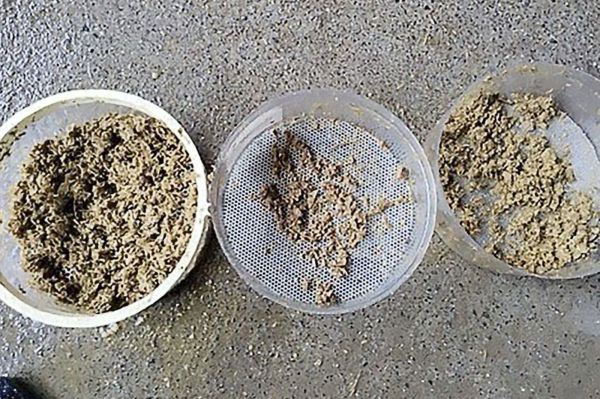
This year has been a very challenging one on Irish farms, with the weather affecting growing conditions. Silage reserves for the coming winter are behind target on some farms. Now, more than ever, it is extremely important to carry out a fodder budget on your farm if you have not done one already. Whatever forage reserve you have, it’s important that the animals can use it as efficiently as possible.
The table below gives a guide as to the silage requirement of animals, per month, when they are fully housed.
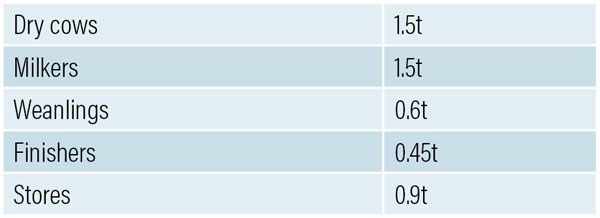
Table 1: Forage requirement per month.
When reformulating diets for the winter, we need to know what we are feeding, and not just 'guesstimating' — it is very important to quantify the feed value of the silage to formulate diets accurately and to balance energy and protein accordingly. Analysing silage for quality will allow farmers to supplement animals with the appropriate rate of concentrate to meet the animals’ dietary requirements and subsequent performance targets.
Maximising rumen health
Good rumen health is fundamental to supporting feed efficiency, which, in turn, supports immunity. The nutrients provided to the rumen bacteria must be adequate and well balanced in terms of fermentable energy and protein supply. Sufficient nitrogen and rumen-degradable protein must be supplied to maximise bacterial fermentation, energy digestibility and feed intake. If the diet is energy-deficient, dietary protein will be used inefficiently as another source of energy instead of being converted into body protein.
Dairy and beef cattle require protein for two main reasons: for the animal itself and for the microorganisms in the rumen, which are responsible for breaking down hard-to-digest plant parts. Fibre-degrading organisms are the most sensitive in their requirements and need a continual source of non-protein nitrogen (NPN). Traditional sources of NPN are rapidly degraded and disappear from the rumen environment, making them unavailable to these microbes. Using an alternative nitrogen-rich feed ingredient (such as Optigen) ensures a constant release of NPN and a steady rumen ammonia concentration. This provides ideal growing conditions for fibre degraders, promoting fibre digestion and maximising forage utilisation.

Table 2: Guideline daily feeding rates based on silage quality (DMD) for beef. Source: Teagasc.
Reducing carbon emissions
In recent years, there have been growing concerns around the environmental impact of conventional protein sources such as soyabean meal. This issue is complicated by the increasing demand for animal protein by a growing global population. The nitrogen in Optigen is released in the rumen in a similar way to soya protein; therefore, Optigen can be used to replace part of the soya – or some other protein concentrates, like rapeseed meal – in the diets of dairy, beef and youngstock cattle to ensure that the animals meet their protein requirements. The most extensive research into Optigen took place over 17 years (2002-2018). A recent meta-analysis of 17 published beef studies revealed significant production benefits of Optigen inclusion.
Optigen was proven to:
Increase daily liveweight gain by 8 per cent;
Improve feed conversion efficiency (FCE) by 8 per cent;
Reduce days to slaughter; and
Reduce the carbon emission intensity of beef production.
Studies have also shown the positive impacts of Optigen on dairy production. A similar increase in feed conversion efficiency has been demonstrated, translating into an increased milk yield of 1.3-1.4L per cow, therefore reducing the milk's carbon footprint
Optigen is accredited by the Carbon Trust, which means a respected third party has confirmed that the replacement of high-carbon ingredients such as soya with Optigen significantly reduces carbon emissions intensity without lowering animal performance. In fact, studies have shown that the product often boosts performance instead.
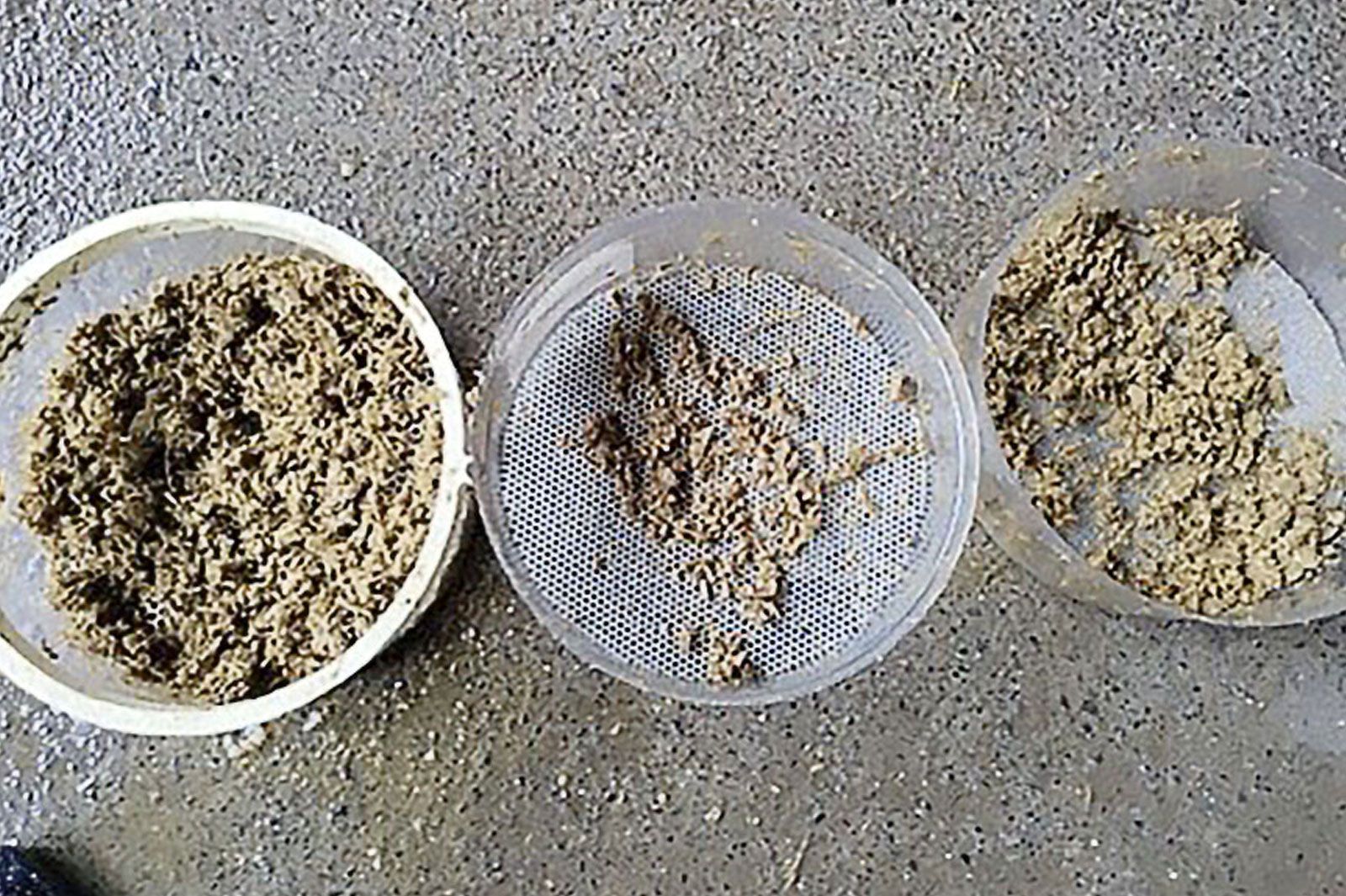
Figure 1: This shows a manure analysis carried out before the inclusion of Optigen in the diet. There is a lot of undigested fibre in the top/white sieve, indicating a significant amount of wasted feed, in this case, forage. After two weeks of implementing Optigen into the diet, a second digestion analysis was conducted.
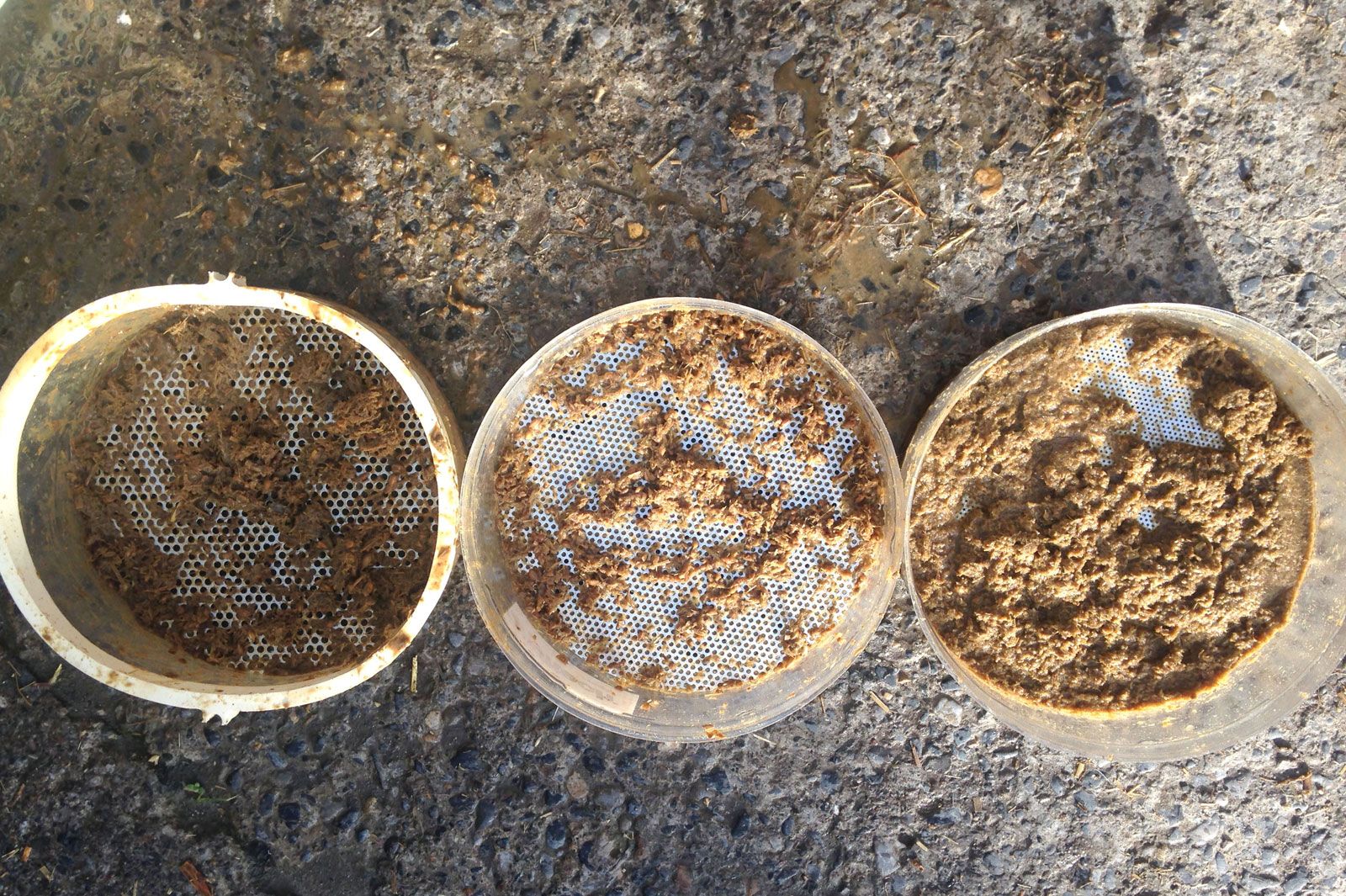
Figure 2: This shows that the white sieve now contains much less undigested fibre, meaning the rumen is working more efficiently with improved forage utilisation.
Enhancing fibre supply
The concentrated nature of Optigen allows ‘space’ to be created in the diet that can be filled with other ingredients, such as home-grown forage, alternate fibre sources or energy-supplying feeds, depending on the goals of the producer and what other feeds are available. For example, additional maize silage can be used to ‘fill the gap,’ enhancing forage supply and fibre digestion as well as supplying a source of energy. If forage supply is limited, you could substitute with beet pulp and soya hulls to boost the fibre supply of the ration. In some situations, cereals such as wheat can be added or increased to provide additional energy for increased milk yield or growth in beef cattle rations.
With the continuing issue of feed costs and the threat of limited availability of traditional protein feed materials, feed suppliers need to look outside the box for beneficial solutions. Making maximal use of the animal’s own protein supply, as well as providing diets that stimulate rumen function and microbial protein production, are the way forward and will help maximise forage utilisation on the farm.
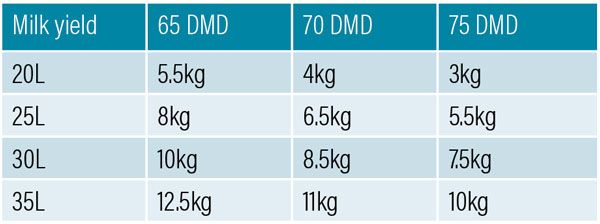
Table 3: Guideline daily feeding rates based on silage quality (DMD), for dairy. Source: Teagasc.
Source: Teagasc
The benefits are not only in production but also in health and fertility. Using a concentrated NPN source such as Optigen offers multiple options for feed suppliers and producers alike, including the flexibility to tailor nutrition for the cow or beef animal.
Filling gaps in forage quality or quantity with a balanced supplementation plan is vital to a successful nutrition programme for the winter and will aid in the long-term profitability of your herd. It is important that Optigen is formulated into beef or dairy diets by a qualified animal nutritionist. Speak with your nutritionist or feed mill rep to plan accordingly for the winter ahead.
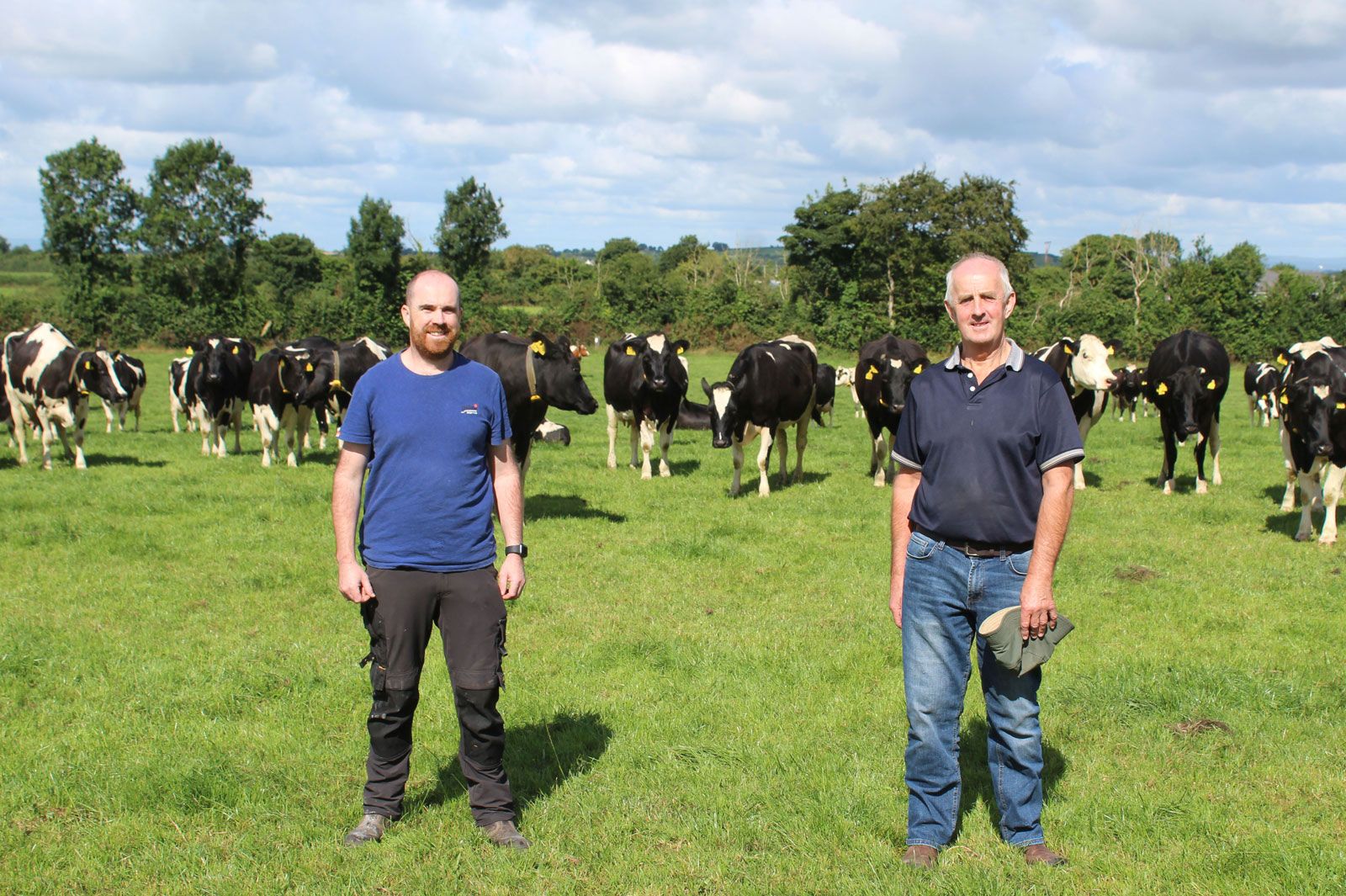
Richard and Pat Brennan on their Kilkenny farm.
Within days of using Optigen, dairy farmer Pat Brennan of Co. Kilkenny noticed an improvement in dung consistency, leading to less undigested feed. Carrying out a simple digestion analysis, also called manure sieving, can provide information on how well the animals’ feed is being utilised while helping to identify the amount of undigested feed passing through the animal. The goal is to have less than 10 per cent undigested material in the top/white sieve, more than 70 per cent in the bottom sieve, and the remainder in the middle sieve.




